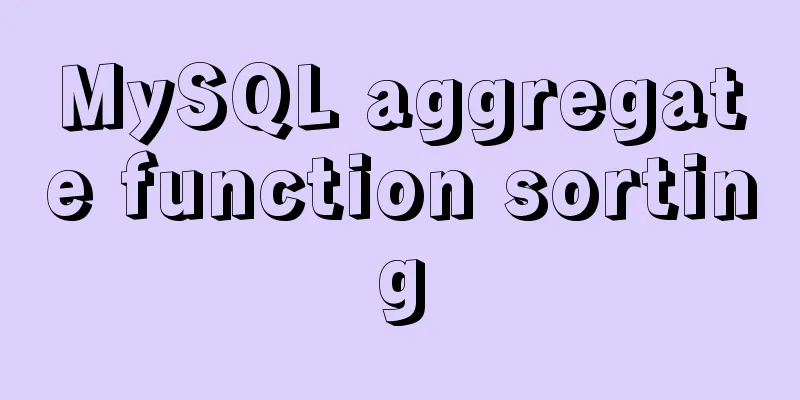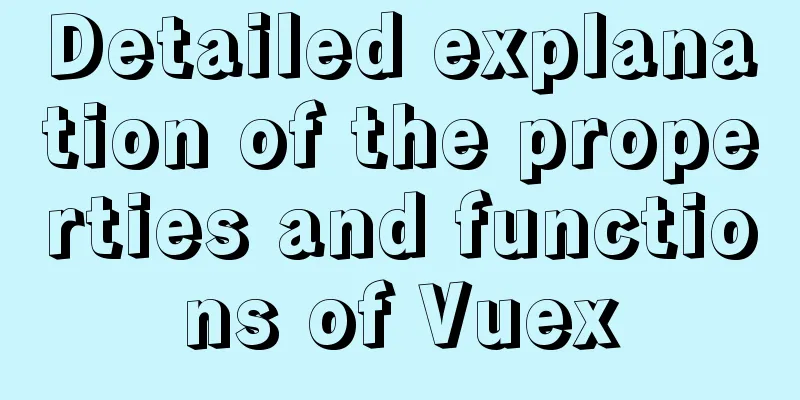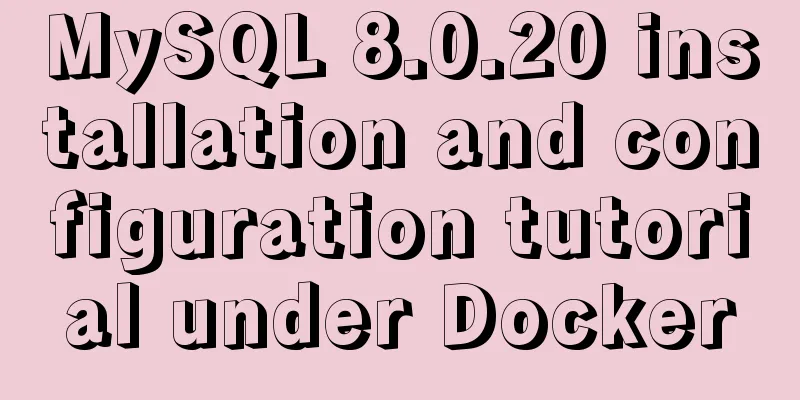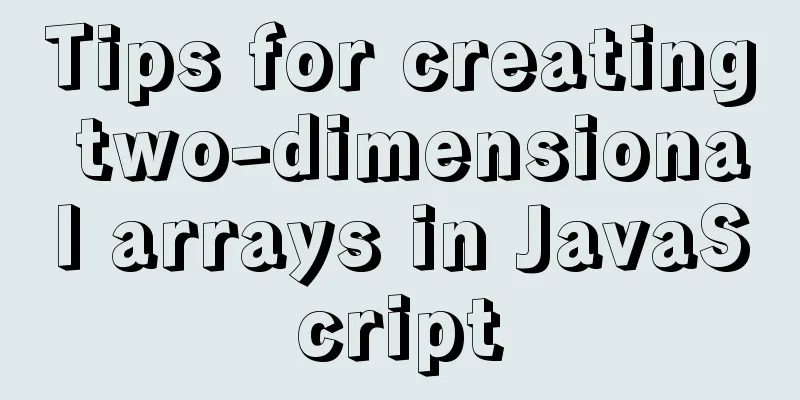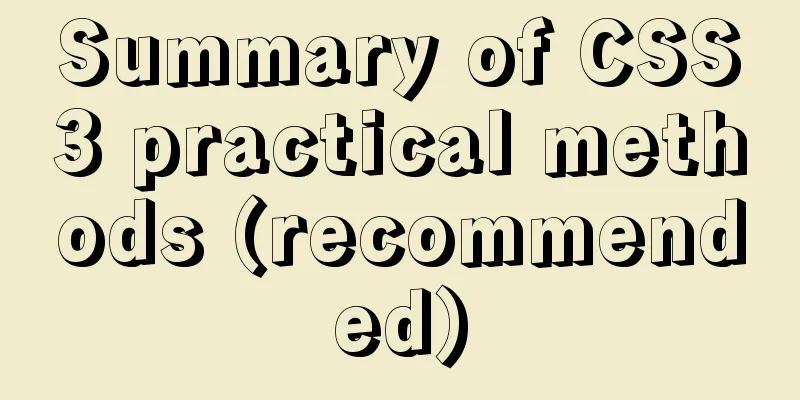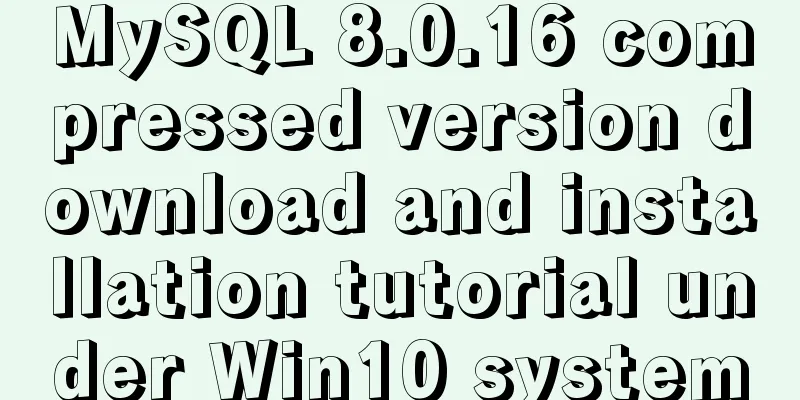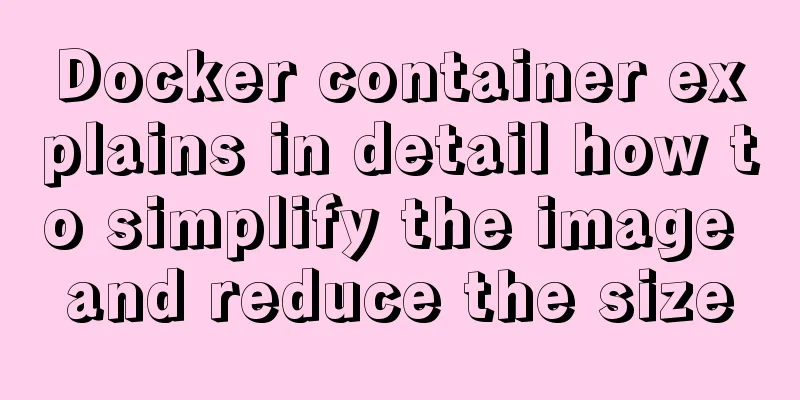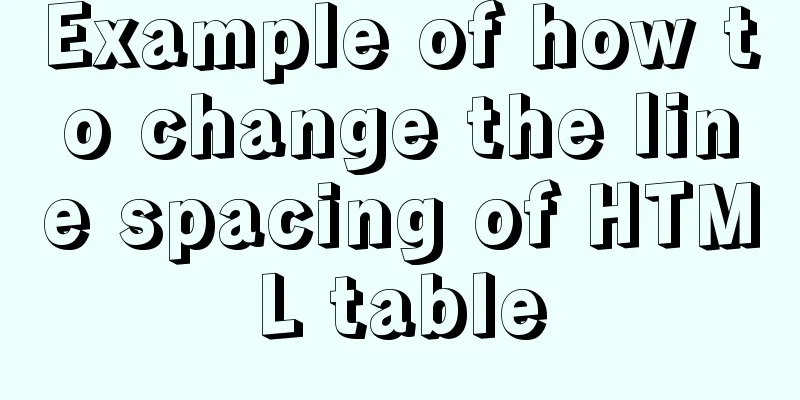Detailed explanation of JavaScript function this pointing problem
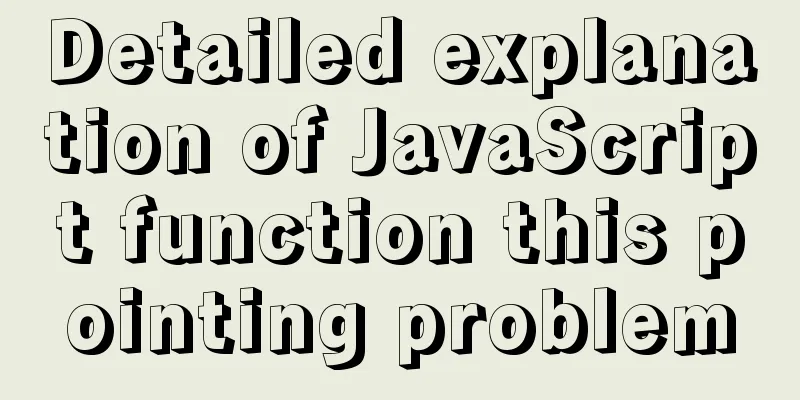
1. The direction of this in the function The reference of these this is determined when the function is called. Different calling methods determine where this points to, generally pointing to the caller. 1. Ordinary functions
function fn(){
console.log('normal function this:' + this);
}
fn()
The print result is:
It can be seen that when a normal function is called, this points to window 2. Constructor
function Star(){
console.log('constructor's this:' + this);
}
new Star()
The print result is:
It can be seen that when an object method is called, this points to the instance object of the method. 3. Object methods
var o = {
print: function(){
console.log('object method's this:'+this);
}
}
o.print()
The print result is:
It can be seen that when an object method is called, this points to the object to which the method belongs. 4. Event binding method When we add a binding event to a button, how does its this point to? For example, there is a button now, and now we add a click event to it as follows:
<body>
<button>Button</button>
<script>
var btn = document.querySelector('button');
btn.onclick = function(){
console.log('this of binding event:'+this);
}
</script>
</body>
When we click the button, we get:
It can be seen that when the binding event is called, this points to the binding event object. 5. Timer functionWrite a timer function and call it after 1 second.
window.setTimeout(function(){
console.log('timer's this:'+this);
},1000)
The print result is:
It can be seen that when the timer function is called, this points to window. 6. Execute function immediatelyDefine a function to be executed immediately:
(function(){
console.log('this:'+this of the function to be executed immediately);
})();
The print result is:
It can be seen that when the function call is executed immediately, this points to window. In summary, we can conclude that:
2. Change the this pointer inside the functionHowever, in a function, the this pointer is not static. We can change the this pointer through some methods, mainly the following methods. Earlier, in summarizing the issue of where this points to in the prototype object, we mentioned the call method and the apply method. I will not repeat them here and will just give examples. 1. call methodFirst define an object and a function.
var o = {
name:'xl'
}
function fn(){
console.log(this);
}
At this time, this is in an ordinary function. As mentioned earlier, this of an ordinary function points to windiw. Now if we want to point this to the o object, we should: fn.call(o) The printed result is:
this points to the successful modification. 2. Apply methodSame method as above.
var o = {
name:'xl'
}
function fn(){
console.log(this);
}
fn.apply(o);
The print result is:
3. bind method The bind() method does not call the function. But it can change the this pointer inside the function. grammar: fun.bind(thisArg, arg1, arg2, ...) thisArg: the this value specified when the fun function is running arg1, arg2: other parameters passed Returns a copy of the original function transformed by the specified this value and initialization parameters Therefore, when we just want to change the this pointer and do not want to call the function, we can use bind. As follows (still using the above example):
var o = {
name:'xl'
}
function fn(){
console.log(this);
}
var f = fn.bind(o);
f();
The print result is:
It should be noted here that: since the bind() method does not call a function, after modifying the this pointer, a new function is returned, so we can assign this new function to an f and then call it through f. 3. Call apply bind summary1. SimilaritiesYou can change the this pointer inside the function. 2. Differences
3. Application scenarios
SummarizeThis article ends here. I hope it can be helpful to you. I also hope you can pay more attention to more content on 123WORDPRESS.COM! You may also be interested in:
|
<<: js, css, html determine the various versions of the browser
>>: Detailed explanation of the idea of achieving the point-earning effect with CSS animation
Recommend
Ubuntu 20.04 CUDA & cuDNN Installation Method (Graphical Tutorial)
CUDA installation download cuda Enter the nvidia-...
Do you know why vue data is a function?
Official website explanation: When a component is...
Detailed explanation of MySQL database Event scheduled execution tasks
1. Background As the project's business conti...
Tutorial on reinstalling MySQL on Windows 64-bit (Zip version, decompressed version MySQL installation)
Uninstall MySQL 1. In the control panel, uninstal...
Application of CSS3 animation effects in activity pages
background Before we know it, a busy year is comi...
MySQL 5.7.17 Compressed Version Installation Notes
This article shares the installation steps of MyS...
Detailed tutorial on installing nacos in docker and configuring the database
Environment Preparation Docker environment MySQL ...
How to share Flash pages through verification methods in website standards
1. Embed is illegal The <embed> tag is a pri...
Teach you how to subcontract uniapp and mini-programs (pictures and text)
Table of contents 1. Mini Program Subcontracting ...
Free tool to verify that HTML, CSS and RSS feeds are correct
One trick for dealing with this type of error is t...
Detailed tutorial on installing mysql-8.0.13 (zip installation) on windows 10 system
Installation Environment Description •System vers...
Introduction to MySQL triggers, creation of triggers and analysis of usage restrictions
This article uses examples to describe the introd...
Mysql string interception and obtaining data in the specified string
Preface: I encountered a requirement to extract s...
Install mysql5.7.17 using RPM under Linux
The installation method of MySQL5.7 rpm under Lin...
Examples of common Nginx misconfigurations
Table of contents Missing root location Off-By-Sl...







